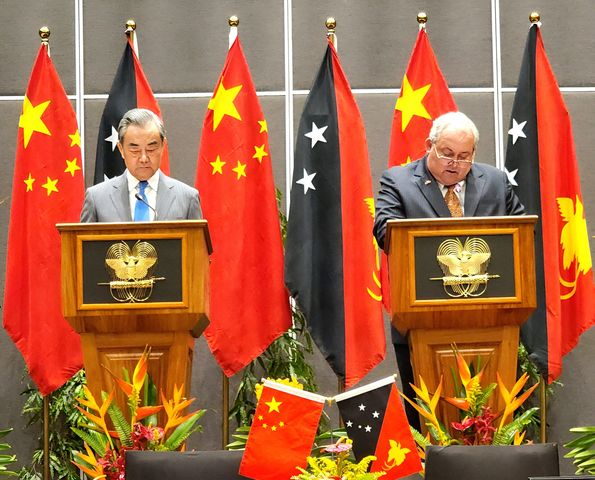 Papua New Guinea's Trade Surplus With China Highlights Growing Economic Partnership Papua New Guinea's Trade Surplus With China Highlights Growing Economic Partnership International Trade and Investment Minister Richard Maru announced that China is rapidly emerging as Papua New Guinea’s most crucial trading partner, with a trade surplus valued at about K4.1 billion. Minister Maru made this statement following a brief meeting with Chinese Deputy Commerce Minister Tang Wenhong in Port Moresby yesterday. He expressed determination to enhance and deepen the relationship with China, aiming to solidify it through a Free Trade Agreement pending the outcome of a joint feasibility study, expected to conclude in July. 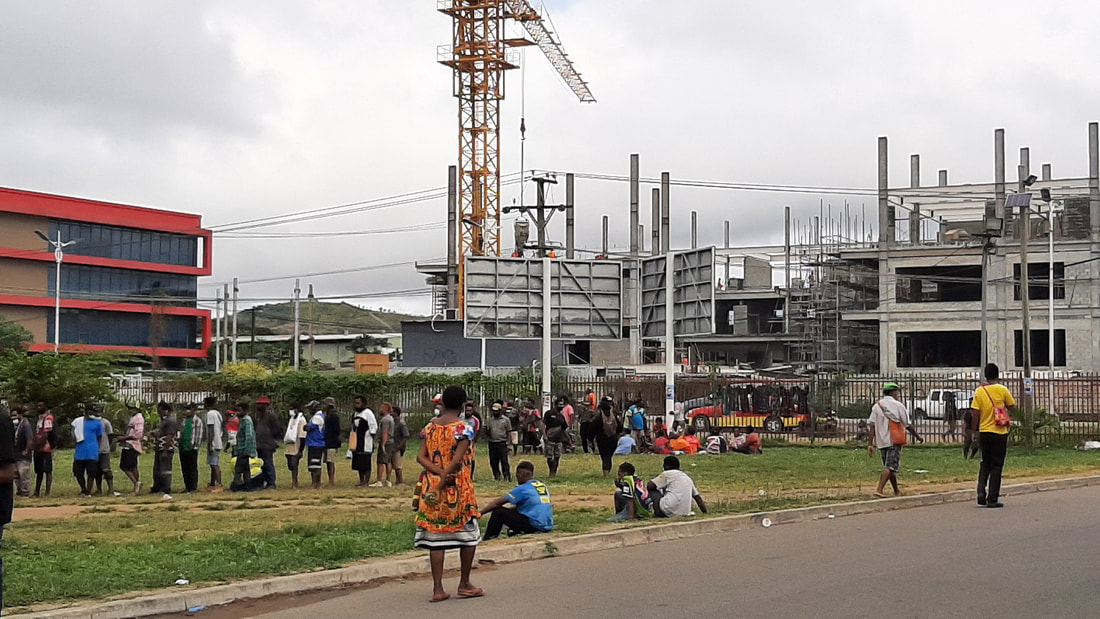 Papua New Guinea Economy Struggles Despite Government Claims, Says Business Leader"/File Photo Papua New Guinea Economy Struggles Despite Government Claims, Says Business Leader"/File Photo Amid assertions from the government about economic stability, a prominent businessman has revealed that Papua New Guinea's economy has been in dire straits since the onset of the COVID-19 pandemic five years ago. Ian Chow, Chairman of Lae Biscuit Company Limited, has voiced concerns about the challenging economic climate, citing significant hurdles faced by local manufacturers. Chow, speaking at the PNG Customs Consultation Forum in Lae, expressed profound dismay over the state of the economy, particularly highlighting the detrimental impact on his company over the past two years. Despite investing K15 million in a new biscuit line, Chow lamented delays caused by foreign exchange shortages, hindering the project's completion until recently. He emphasized the company's readiness to export its products, aiming primarily at markets in Australia, New Zealand, and the Pacific. THE reason why the country has a high level of unemployment is because of the limited investment opportunities to unlock the economic potential of the country, says International Trade and Investment Minister Richard Maru.
Maru told the World Indigenous Business Forum in Port Moresby yesterday that the Government was now focusing on sustainable and inclusive economic growth. “We are hosting this forum because we want to market our indigenous business and resources to the global community,” he said. PAPUA New Guinea has been invited to attend the World Economic Forum annual meeting in Davos, Graubunden, Switzerland, from Jan 15-19 next year, says Prime Minster James Marape.
Marape said the invitation came from forum founder and executive chairman Professor Klaus Schwab. The forums annual meeting is a global assembly of leaders from government, business and civil society, fostering discussions on the current state of the world and setting priorities for the future. This year’s event is significant as it unfolds amid a “polycrisis” – the convergence of critical issues including climate and biodiversity crises, the Coronavirus (Covid-19) pandemic, conflicts in Ukraine and the Middle East and concerns over the cost of living. 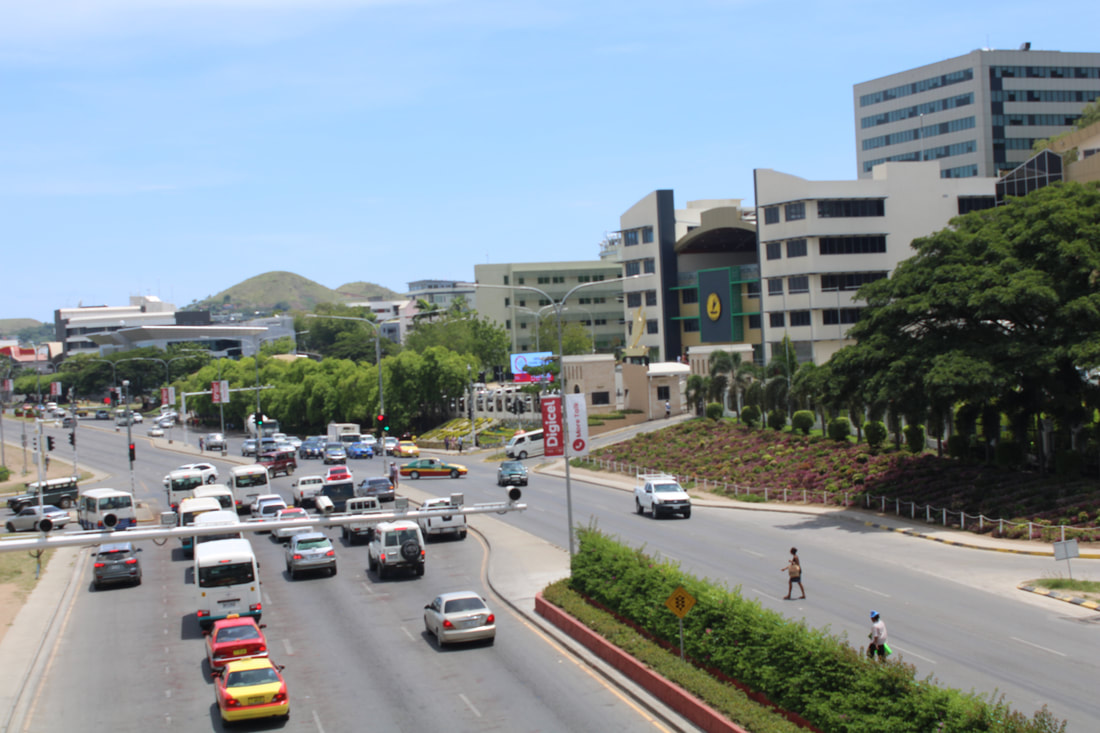 Papua New Guinea PRIME Minister James Marape says the country’s economy has grown by K33 billion over the last three years without any new projects. Despite that, it was still work in progress, he added. “We grew the economy by trying our absolute best to increase efficiency in the public service,” he said. “Just by increasing efficiency, good governance and abiding by work ethics, we have now increased and become more effective in the collection of tax revenue. “Not by increasing tax rates, but simple human efficiency built back into our systems.” “Complacency is a disease, we need to step up and work for the law and get going. “I look forward to a time when whistleblowers’ act is fully mature and is assisting the systems of government and judiciary address corruption. “I look forward to a time when ICAC (Independent Commission against Corruption) is fully functioning, Ombudsman is fully, adequately resourced and functional, and police likewise.” TREASURER Ian Ling-Stuckey says a strong growth performance in the first half of the year is creating more jobs, with inflation falling faster than expected.
“This higher growth rate is based upon the hard work of our people, and with this growth they are creating more jobs for our people,” he said. “The good news is that strong growth performances is driving jobs growth, and jobs growth is even higher than non-resource growth and is running at 5.3 per cent in 2023,” he said. |
Papua New Guinea Economy WatchThis blog page updates all the Economy activities in Papau New Guinea. ..Get Free Webpage for your company/Organisation . Contact us Mining & Petroleum |
- Home
- News
- Business News
- Economy News
- Sports News
- International News
- Corruption News
- Mining Watch
- Jobs
- Education News
- Scholarships
- Health News
- Bzzmart Online Shopping Platform
- Pacific
- Used Cars
- Buy or Rent Homes
-
Travel
- City of Port Moresby
- Adventure and Destination
- Hotels & Lodges in PNG
- Hotels & Lodges in Mendi, Southern Highlands Province
- Hotels & Lodges in Lorengau, Manus Province
- Hotels in Oro Province
- Hotels and Lodges in ESP
- Hotels & Lodges in Kavieng
- Hotels and lodges in Kimbe
- PNG Photo Gallery
- Map of Papua New Guinea
- PNG
-
Computer Tech
- Tech Help
-
Top Weebly designed Websites
>
- HOW TO RECOVER FILES WITH SHORT CUTS OR HIDDEN IN FLASH DRIVE OR EXTERNAL HARD DRIVE
- How to remove Stubborn Computer Virus
- Creating Login or Sign in Membership page in Weebly sites
- How to auto insert Table of Content in Word
- Top Weebly Website Examples and Portfolio
- Weebly Membership Sign in feature available
- Send Free SMS in PNG
- Radio Stations
- Television stations >
- PNG Information Directory
- Computer Resources
- Classifieds
- About us
- Contact Us
- Competition
- Advertisement
- Privacy Policy
- SP PNG Hunters News
- Weebly Forums
- National Football Stadium, Port Moresby
- Work Permits and VISAs in PNG : Guide
- Seasonal Workers Program for PNG
- List Your Business on PNGFacts.com
- Twodot Business Solutions
- Become a Sponsor
- Mt Giluwe Lodge
- Papua New Guinea Defence Force
- Political parties in PNG
- NID PNG
- Employment VISA in PNG
- Business VISA
- Visitor VISA
- Police Clearance in Solomon Islands
- PNG Electoral Commission
- PNG Election Results
|
Search Papua New Guinea Database >>
|
|
|
|
|
Home: PNG News :Travel : Government System: Computer Tech : About us: Contact : Disclaimer : Sitemap : Login Copyright & Disclaimer © 2012 -2023 PNG Facts: All rights reserved:
|
Website developed by Kilikalo Technology & Business Solutions Ltd
About |
Terms |
|
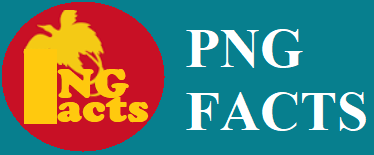
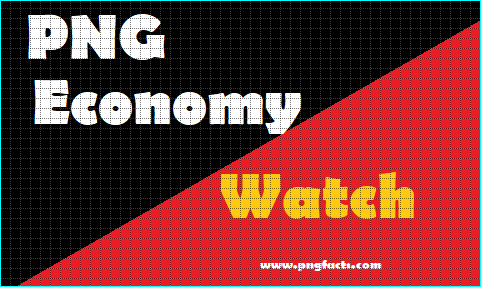
 RSS Feed
RSS Feed
